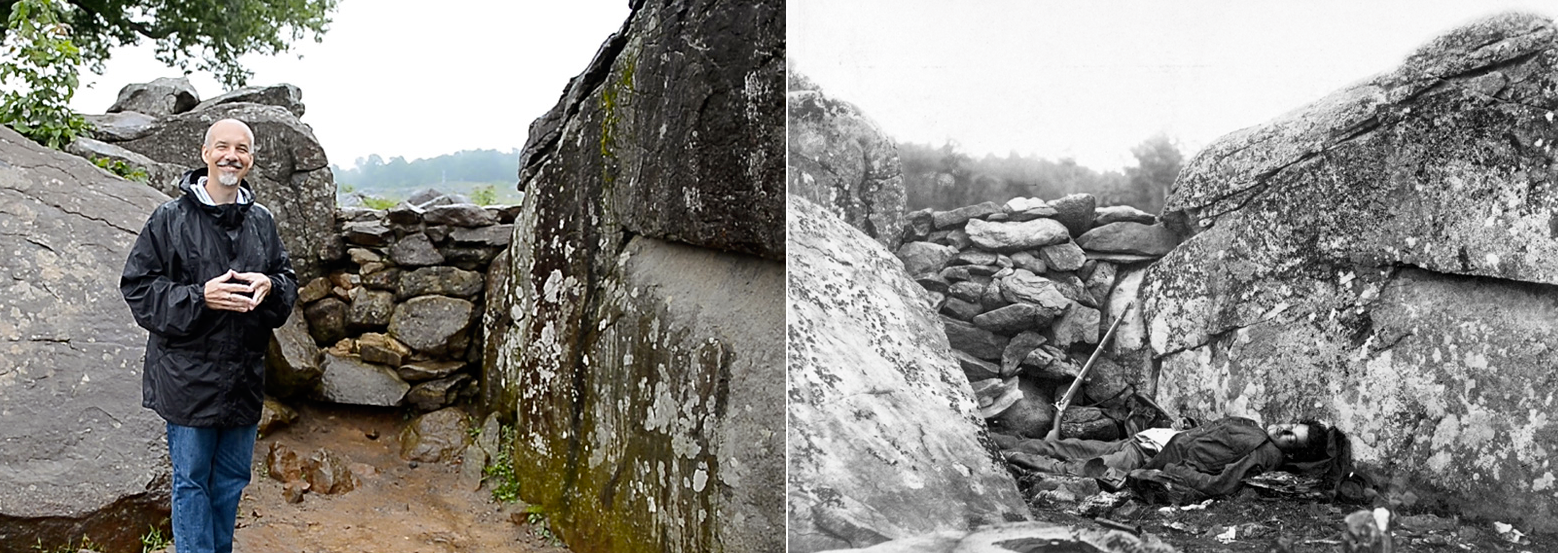Guest post by David A. Mindell
 This weekend I head down to the USS Monitor Center, at the Mariners’ Museum in Newport News, Virginia, for “Hampton Roads Weekend.” Scholars, archaeologists, Civil War buffs, and the interested public will gather to commemorate the events of March 9, 1862. One hundred and fifty years ago this Friday, the Monitor and the Virginia (nee Merrimack), squared off at Hampton Roads in what is known as “the first fight between ironclad warships.” The battle took place on a clear Sunday morning, in full view of thousands of spectators, and ended in a draw—all of which contributed to the mythology of the encounter as marking the end of wooden navies and the rise of modern military techology.
This weekend I head down to the USS Monitor Center, at the Mariners’ Museum in Newport News, Virginia, for “Hampton Roads Weekend.” Scholars, archaeologists, Civil War buffs, and the interested public will gather to commemorate the events of March 9, 1862. One hundred and fifty years ago this Friday, the Monitor and the Virginia (nee Merrimack), squared off at Hampton Roads in what is known as “the first fight between ironclad warships.” The battle took place on a clear Sunday morning, in full view of thousands of spectators, and ended in a draw—all of which contributed to the mythology of the encounter as marking the end of wooden navies and the rise of modern military techology.
More than ten years ago, my JHU Press book, War, Technology and Experience Aboard the USS Monitor,  revisited the Monitor of this legend, and told anew the circumstances of its construction; the experiences of the crew living within its cramped, dangerous armored shell; the controversies over the ships’ effectiveness; and the literary and historical reactions to the ship. Now the book has been reissued in an updated edition as Iron Coffin: War, Technology, and Experience aboard the USS Monitor. A lot has happened with—and to—the Monitor in the past ten years, as major portions of the ship were excavated by archaeologists, raised, and brought to the spectacular new museum dedicated to the Monitor in Newport News. When I wrote the original book from archival documents and letters, never did I imagine I would have the chance to stand inside the Monitor’s turret, nor that I could walk on the deck of a full-sized replica of the ship. The new version of the book reflects on this new chapter in the Monitor’s history and why the ship remains so appealing to scholars and the public. In part, this is because the questions raised by this technological superweapon have deep salience in today’s world of remote and robotic warfare.
revisited the Monitor of this legend, and told anew the circumstances of its construction; the experiences of the crew living within its cramped, dangerous armored shell; the controversies over the ships’ effectiveness; and the literary and historical reactions to the ship. Now the book has been reissued in an updated edition as Iron Coffin: War, Technology, and Experience aboard the USS Monitor. A lot has happened with—and to—the Monitor in the past ten years, as major portions of the ship were excavated by archaeologists, raised, and brought to the spectacular new museum dedicated to the Monitor in Newport News. When I wrote the original book from archival documents and letters, never did I imagine I would have the chance to stand inside the Monitor’s turret, nor that I could walk on the deck of a full-sized replica of the ship. The new version of the book reflects on this new chapter in the Monitor’s history and why the ship remains so appealing to scholars and the public. In part, this is because the questions raised by this technological superweapon have deep salience in today’s world of remote and robotic warfare.
Among David A. Mindell’s other publications is Between Human and Machine: Feedback, Control, and Computing before Cybernetics, also published by JHU Press, and Digital Apollo: Human and Machine in Spaceflight. He is Dibner Professor of the History of Engineering and Manufacturing and Professor of Aeronautics and Astronautics at the Massachusetts Institute of Technology and director of MIT’s Laboratory for Automation, Robotics, and Society. He is currently writing a book on human, remote, and autonomous presence in undersea exploration, aviation, warfare, and spaceflight.


